Whether you’re conquering a lofty peak, or heading for a woodsy adventure, hiking gear that’ll do the job is essential. Check out our top picks for the best outdoor-proof gear around and read this guide on what to wear when hiking.
Hiking is as good for the soul as it is for the body. If, like us, your zen place is the mountains, then you’re probably pretty bummed that the snow doesn’t last all year. But that doesn’t mean the mountains are rendered useless for six months in the summer! Hiking is a great way to stretch the legs, keep healthy, and free your mind from the daily grind. And we know that this brilliant passtime is attracting new faces every day.
So, in light of that — on behalf of us all — welcome! But also, we’ve put together a super handy guide for you about what to wear hiking that lays out what we truly believe are hiking essentials. The weather can get weird when on a hike, as can the terrain, so it’s always good to get the right gear, carry the right clothing, and make sure you’re ready for whatever the day is about to hurl your way. It’s always an adventure out there, so be prepared!

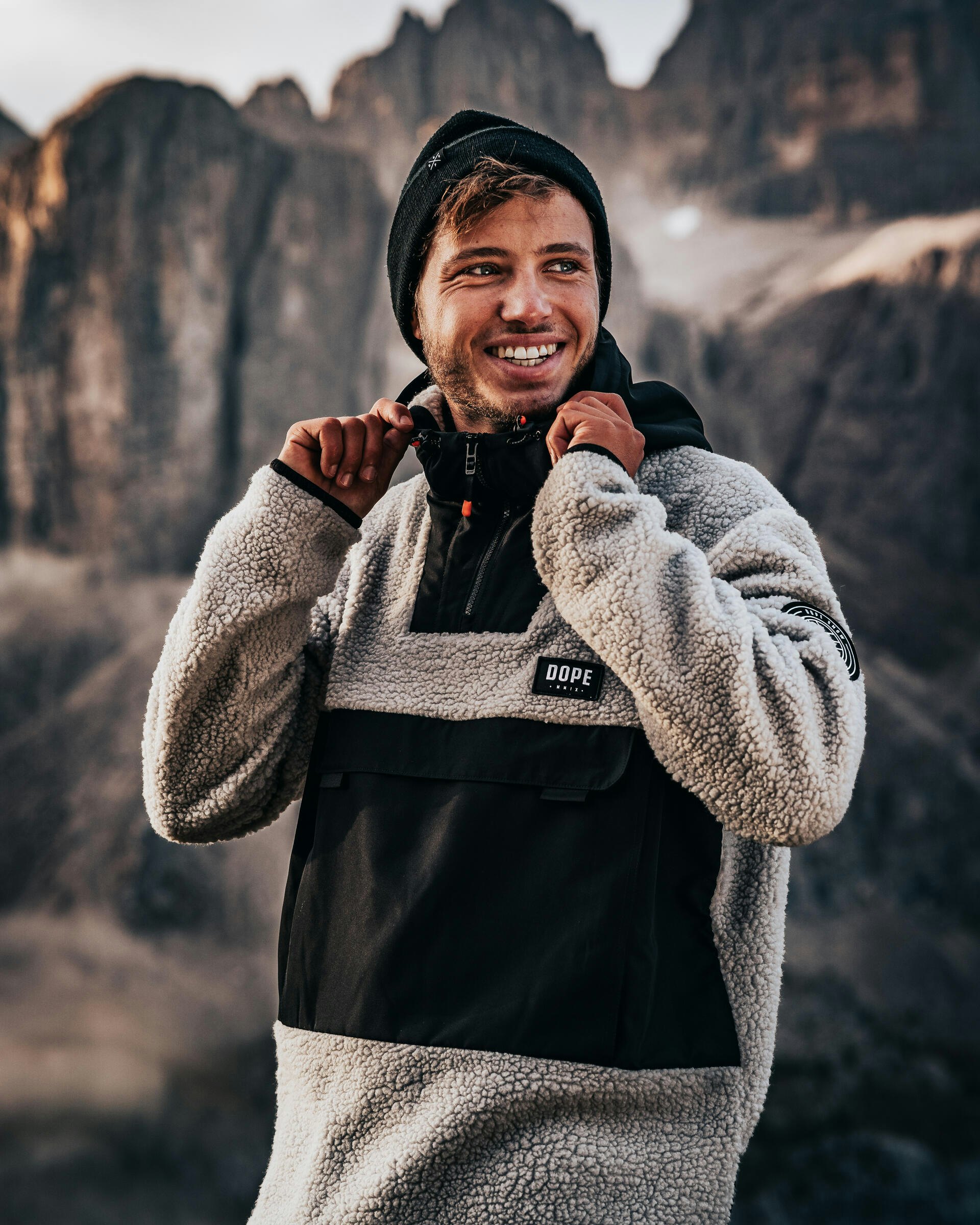
You might be worried about which trail to follow, whether to wear your sneakers, rain jacket, and how light you should pack. What if you are alone on the path? Is it safe?
Well, first things first. If you are ever going to start hiking and become a pro at it, you need to block your fears and worries and start. Don’t wait to be ready to get started.
With that said, in this piece, we shall help you answer questions about what to wear hiking and when we are done with you, you will be more confident to take on the trail knowing that you are dressed the part.
What to wear hiking – on your feet
When hiking, shoes are by far the most essential piece of clothing. They protect your feet and support your ankles as you hike through the uneven ground with a heavy load (though we recommend packing light) on your back.
There are numerous options to choose from ranging from backpacking boots, sandals, trail running shoes, and hiking shoes. These options can be overwhelming, but the most important thing to remember is to choose footwear that will protect you from thorns and rocks on the trails and that have good traction on dry and wet terrain.

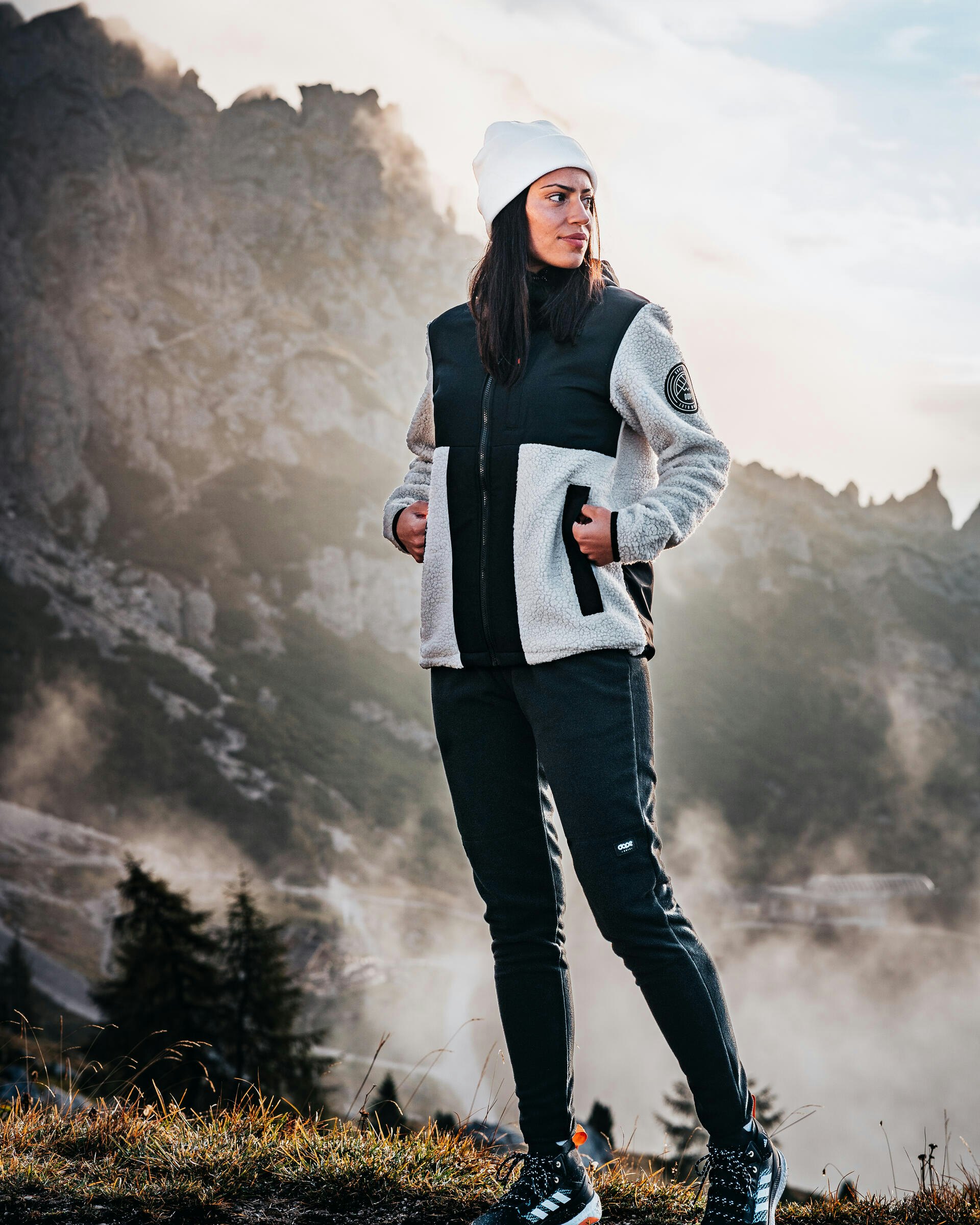
What boots
You should wear hiking boots when you plan to go hiking for several days or when the terrain is rough (like Backcountry Mountain trails). Also, if you plan to carry a heavy backpack, you should wear hiking boots. You see, hiking boots excel in cold weather and rocky terrain. Their thick leather and high cut provide you with comfort and protection against thickets and snakes. (If you are hiking in the jungle and or Australia, everything bites in Australia!)
If the temperatures are lower, then you should consider getting the insulated kind. However, with these, you’ll need to wear socks as you will have to wear a full size or half a size larger than your standard size.
What shoes
The beauty of hiking shoes is that they provide control and comfort with less bulk and weight in comparison to boots. Hiking shoes are low cut. They have flexible mid-soles which are perfect for hiking. If you intend to pack light, then you can go with trail running shoes.
What gaiters
Most hikers tend to ignore gaiters. But if you are going to start hiking, then you better do it right. Gaiters are affordable and provide excellent protection against mud, water, stones and other debris that might find their way into your boots and cause discomfort.
If you are hiking during the summer, gaiters are especially important. This is mainly because summer comes with an influx of snakes on the trails. With gaiters, you will be confident knowing that your legs are protected.
What socks
Most hikers tend to wear socks during the winter season. And sure, it makes sense to wear a thick pair of socks to keep your feet and toes warm and to provide extra cushioning. But this is not the only time a pair of socks come in handy. For additional comfort, you can choose to wear light socks, even during the summer to reduce your chances of getting blisters.
Note that even with a thick pair of socks, you should wear a sock liner to increase comfort and protection from blisters. Also, try wearing socks at different times to see what will work best for you.

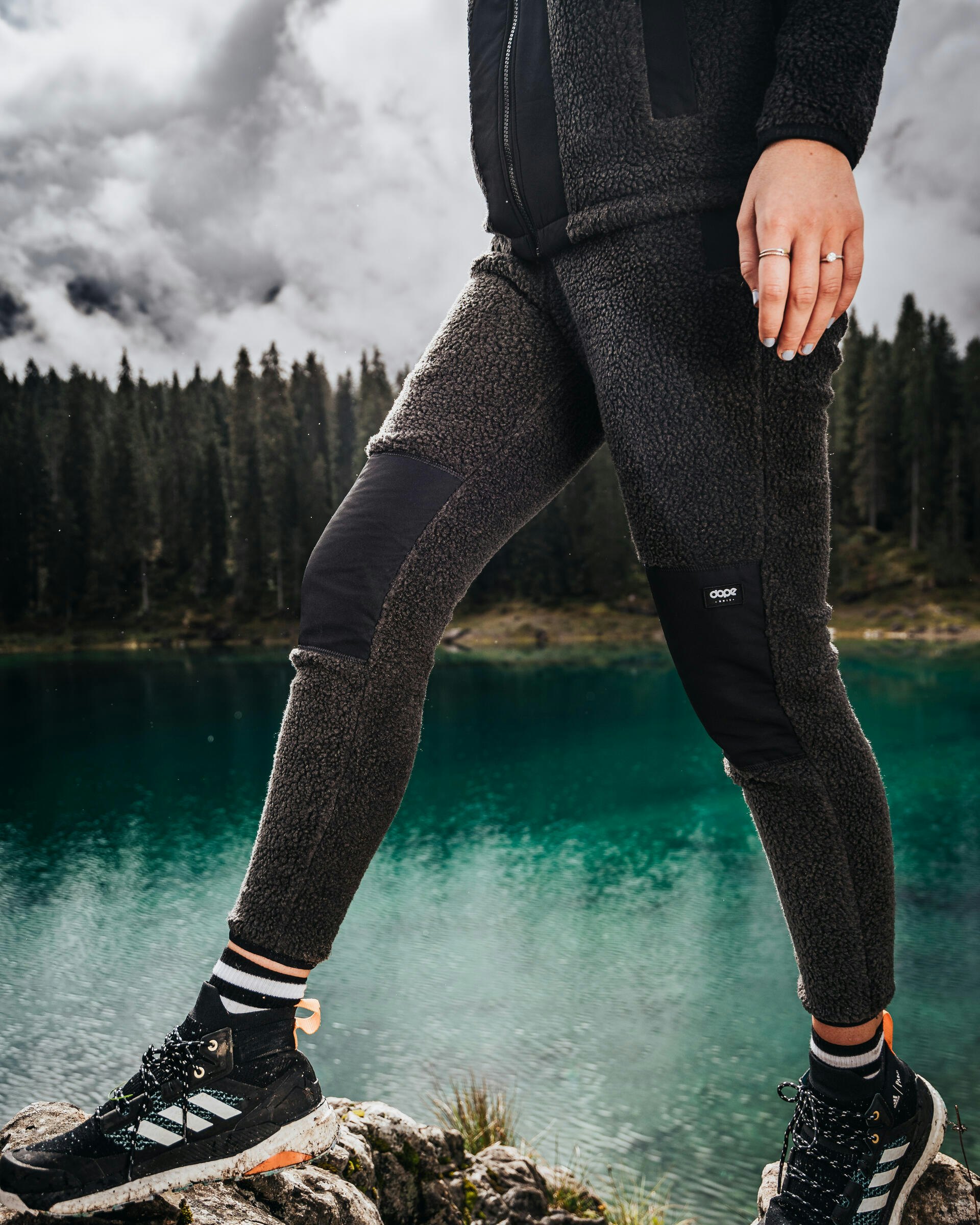
What to wear – lower half
Just like with shoes, there are many options of what to wear on your lower body. These include shorts, leggings, and outdoor pants. What you choose can depend on a couple of factors, including the prevailing weather and the kind of hiking you’ll be doing. In some weather conditions, you will need to wear a couple of pants to remain warm, dry and comfortable.
Hiking shorts or pants
Like we’ve just mentioned, the choice of what to wear solely depends on the weather and your preference. There are those who prefer wearing shorts and those that love pants to protect their legs. Others still enjoy the feeling of having leggings stretch on their skin. Here is a quick rundown of when each of these options is best.
Shorts are ideal for hiking during summer and on an open trail. If you go swimming in a lake or a river during your hike, then a short with a liner will be perfect.
Pants, on the other hand, are perfect for hiking when the weather is cold. Many hikers prefer cargo pants because they have many pockets where they can stash away a GPS and granola bars.
You should, however, never go hiking in denim jeans. They might be fashionable and all in the city streets, but they are nothing but trouble and uncomfortable on the hiking trails. Things get worse when they get wet and become very heavy. Given the fact that they don’t stretch, they will limit your movement on the trail.
The best hiking pants are lightweight and made from fabric that dries fast. They should also stretch slightly.
Last but not least, you can also go hiking in yoga pants or leggings. These are super comfortable, especially during the summer. They provide ample ventilation just like shorts do and protect your legs from the sun. They are an excellent option for both men and women. Men can wear them under their shorts.
Rain pants
Rain pants are designed to be water and windproof. Some of the best makes and brands come with side zippers. These zippers are included to make it easier for hikers to put them on without having to remove their hiking boots and to provide ample ventilation for temperature regulation.
Since these pants are only worn when it’s raining, there are high chances that you will not be wearing them often. If anything, you will have them in your backpack just in case it rains. For this reason, you should take into consideration the weight of the pair you choose.
Underwear
If you are going to hike for a couple of hours, probably two or three, then get back home and relax, pack your go-to bra, pants, or boxers as they will work just fine. However, if you plan on hiking overnight, you should invest in underwears that are specifically designed for hiking.
Luckily, choosing the best underwear is a walk in the park. The only thing you need to pay attention to is getting those that are either made of wool or synthetic material. You do not want cotton undergarments while hiking as cotton tends to retain moisture. This is bad as your inner garments need to be dry for the rest of your clothes to keep you warm and comfortable during a hike.
For women, a sports bra is better for hiking than a regular bra. This is because sports bras are designed to accommodate a wide range of movements and usually dry up fast.
What to wear – upper half
You have a range of options when it comes to dressing your upper body as well. You can choose anything from lightweight T-shirts to shells and thermal layers. Just like with other clothing, you still need to consider the current weather conditions and how intense you presume your hiking to be. When it’s super cold, you’ll need to wear several layers of jackets and shirts to stay warm and dry.

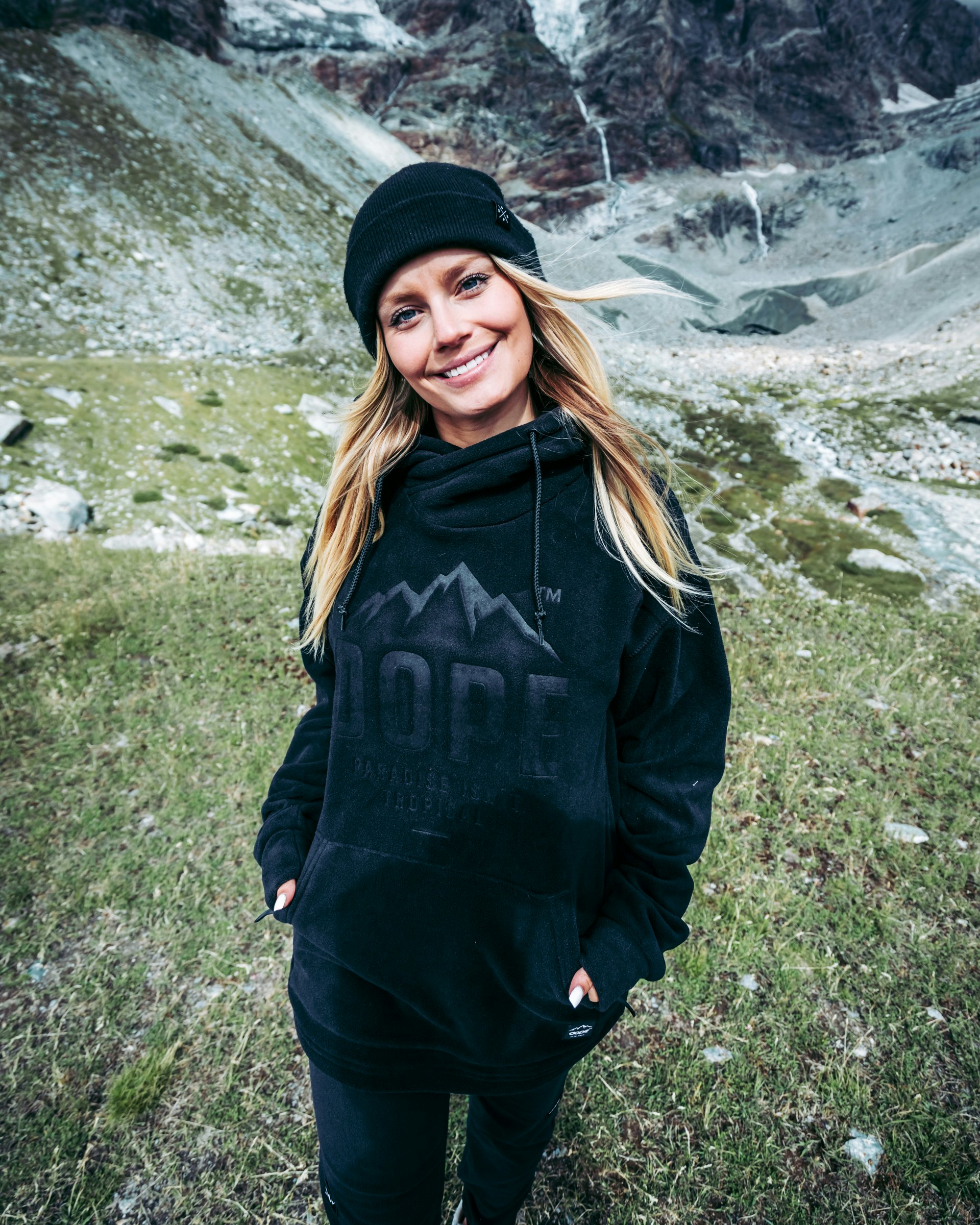
Wicking shirt
Wicking shirts, also known as base layer shirts, are designed to keep your core warmed, and come in handy during the cold seasons. A wicking shirt is the first layer of the wicking system. It hugs the body right, wicks up any moisture from your skin and keeps you dry at all times.
Several designs feature a zip neck or a crew neck option. The zip necks allow for easy adjustment when it gets too cold or too hot. These versions cost slightly more than the crew neck versions.
You should stay away from cotton base layer shirts as they wick moisture and retain. So eventually, you’ll be wet instead of dry. Wicking shirts made from silk, merino wool or synthetic fabric are the best.
Note: silk wicking shirts are perfect for when you will be camping as well.
Hiking shirts
There are two types of hiking shirts you can choose from. These are long sleeved shirts and casual T-shirts. Again, the type you choose comes down to your personal preference. However, some shirts are specifically designed for certain conditions.
For instance, a basic T-shirt is great for a couple of hours day hiking. And just like it is with your undergarments, you should avoid cotton clothing. But if the hike is relatively short and not too strenuous, then wearing a cotton T-shirt won’t be the end of the world. If your hike lasts for several days, go for T-shirts that are made from synthetic materials or merino. These usually dry up faster and stay fresh for longer.
A camisole or a tank top is perfect for the super-hot days. However, if you put these on, you should make sure you wear sunscreen in case your trail is not shielded from the sun.
If you want protection from insects or the sun, then you should choose long-sleeved shirts to protect you against mosquitoes. You could even take this further and select a shirt that is laced with insects repellant.
Down jacket or vest
If you find yourself hiking in dry and cold weather, you should have a vest or a down jacket. Down feathers provide warmth as no other material does. Even better, they are super light and easy to compress. However, they need to be kept dry all the time to maintain their insulation ability.
It’s, however, important to note that down jackets are mostly worn in camps and not while on the hiking trail.

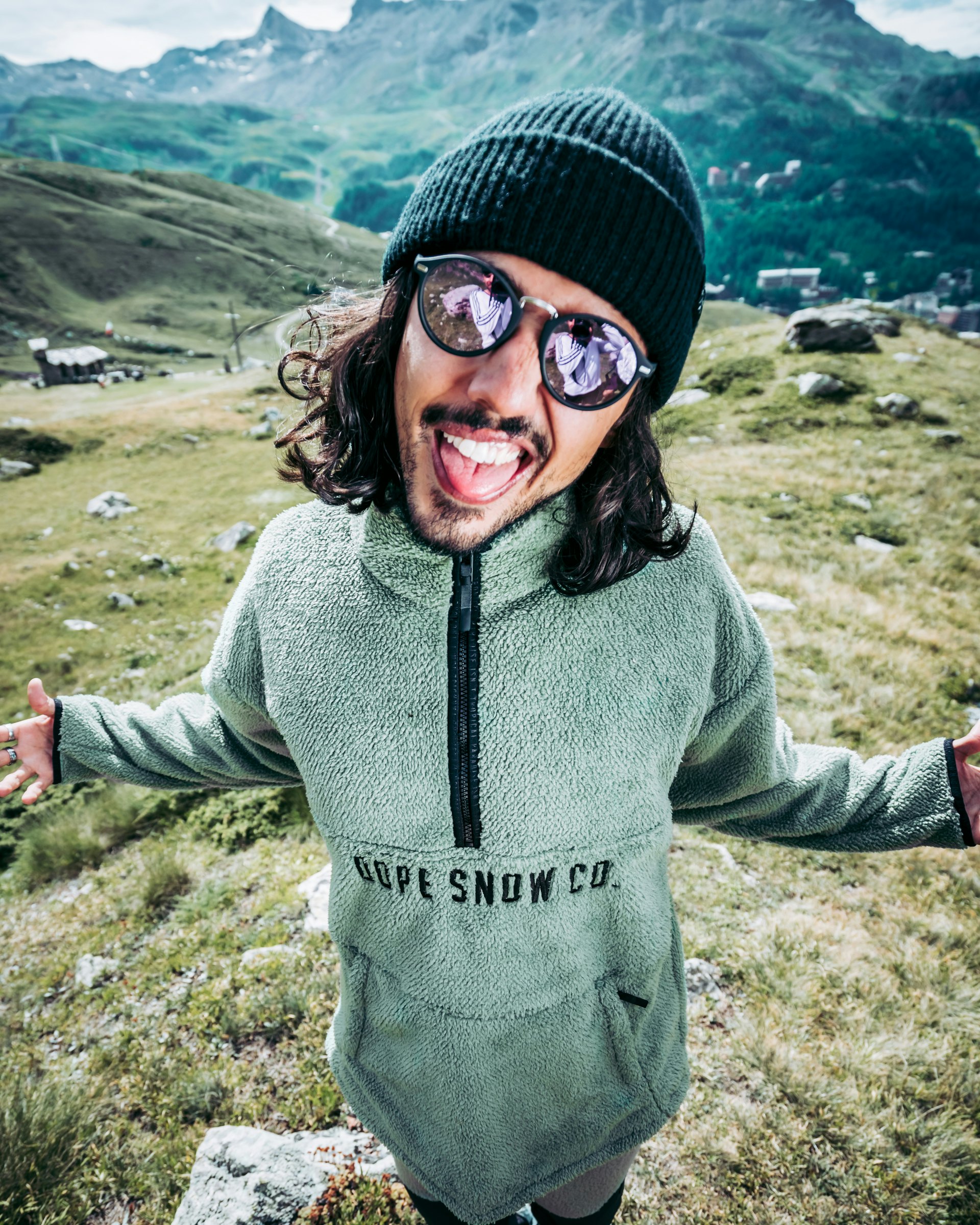
Fleece or soft shell jacket
This is a great mid layer garment that’s perfect for the cold hiking days. These garments are all about providing insulation. A fleece jacket will keep you warm. In fact, expert hikers love these jackets because they are breathable, lightweight and have insulating abilities even when they are wet. Moreover, they dry up pretty fast.
Fleece jackets are available in heavy, mid and lightweight options. For strenuous hikes, a lightweight fleece jacket will work just fine. For the cold weather, a mid-weight fleece jacket will do. And for snowy and super cold weather, a heavyweight fleece jacket will be your best friend.
Soft-shell fleece has water-resistant properties, ideal for hiking adventures. Hikers have mixed feelings about these jackets. This is mainly because they aren’t as versatile as the standard fleece jackets and are usually heavier. And given that they aren’t entirely waterproof, some users prefer carrying rain jackets instead.
Insulated jacket
As the name suggests, this jacket is insulated and helps to keep you warm when it’s cold. Synthetic insulated jackets are significant, given their high breathability and moisture resistant qualities. They are also cost effective.
Lightweight rain jacket
These outdoor jackets are designed to protect you from the rain, wind, and snow while hiking or trekking. They are usually waterproof but breathable. This means that you will sweat in them, but you won’t feel as though you have a plastic bag on.
What accessories to wear when you go hiking
Hiking accessories protect you from the sun and keep you fresh and cool throughout the hike. The best bit about these accessories is that they are designed to fit into your sense of fashion.

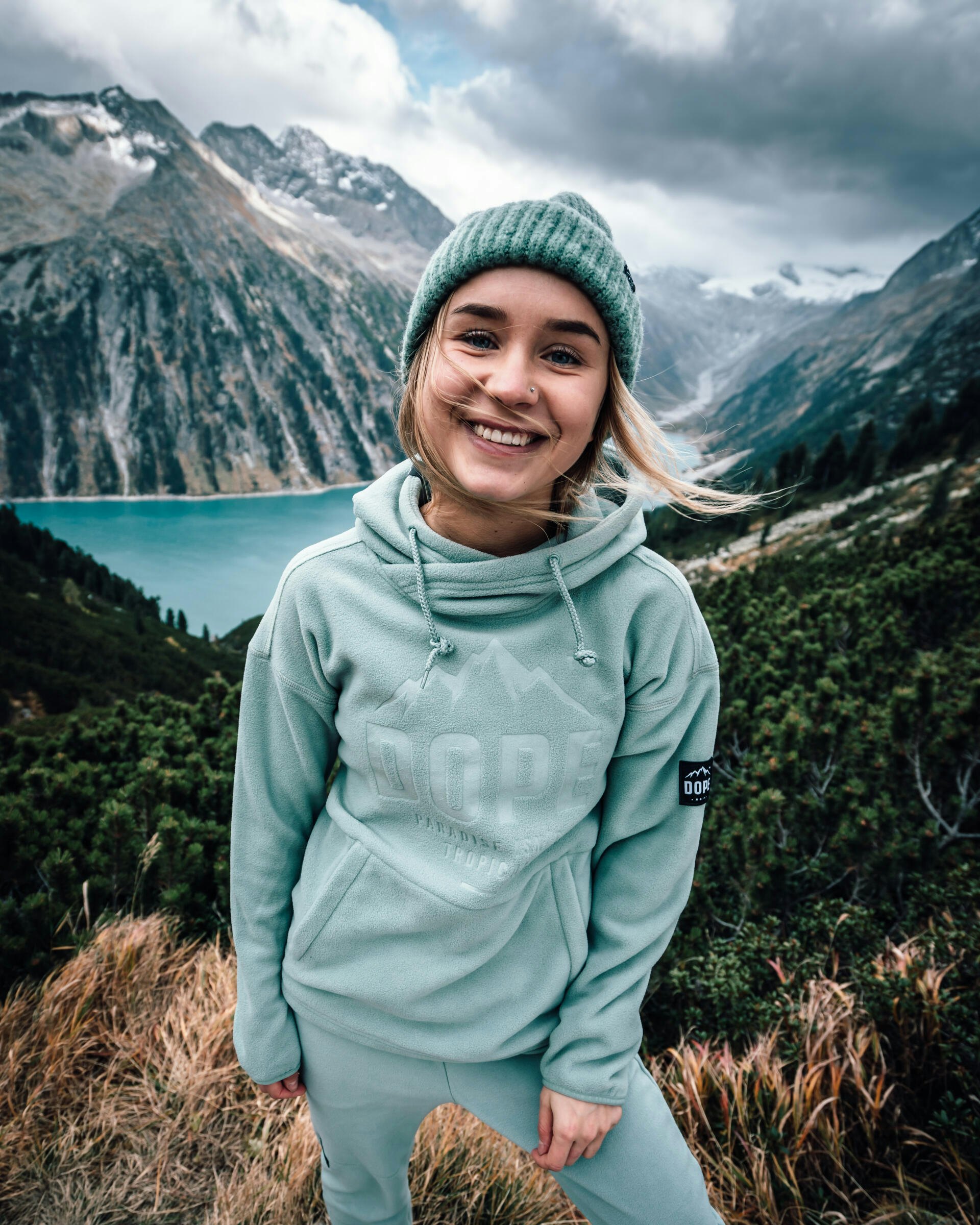
Sunglasses
You need to have sunglasses when hiking. It doesn’t matter whether it’s cold or hot – your eyes need to be protected at all times. Sunglasses protect your eyes from UV rays and foreign objects floating around in the wind.
To stay safe from the UV rays, make sure you get sunglasses that have a UV protective coating.
Hat/cap
A hat/cap comes in handy during the summer. It protects your head and face from the hot sun. The materials used to make hats and caps vary greatly, but the best is synthetic.
Beanie
When your head is uncovered, you feel colder than when it’s covered. A beanie will take up minimal space in your backpack but will provide you with a lot of warmth.
Gloves
Whether to wear or not to wear gloves depends on the prevailing temperatures. Gloves are most significant during the winter. For some, gloves protect their hands when they are hiking on extremely rough terrain.
Wrapping up!
Now you know exactly what to wear for a hike. If the weather changes upon you, you’ll not be stranded since you’ll be prepared for the cold, rain or the sun.
It is essential to do research on the weather days before you head out to the trails to help you plan better and pack relevant items.
